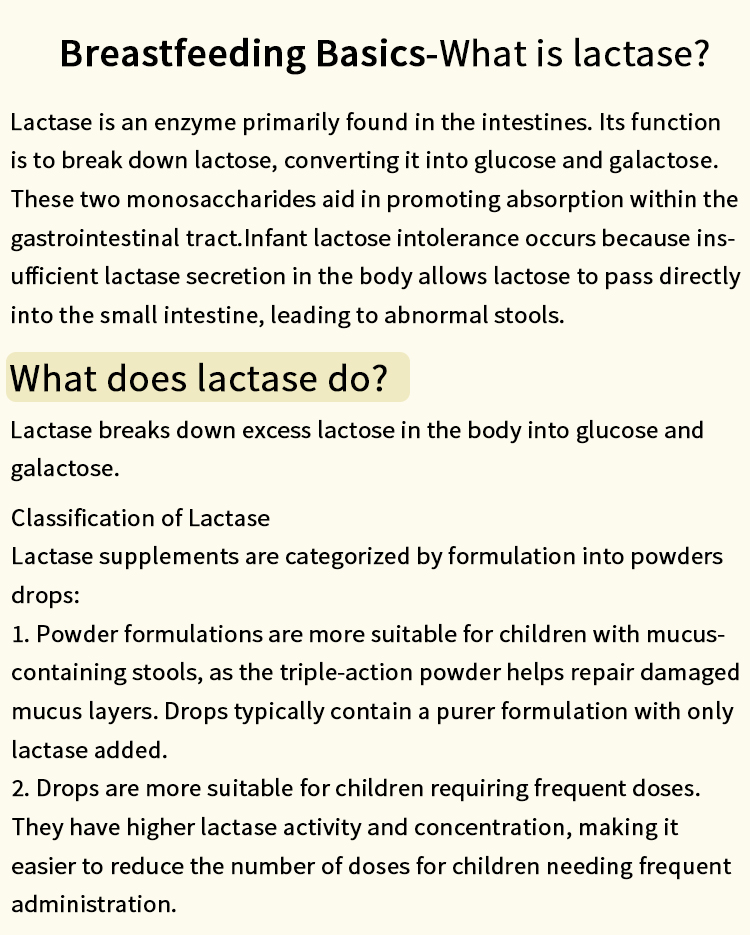In the ever-evolving landscape of global commerce, entrepreneurs and investors alike are constantly on the lookout for business ventures that promise substantial returns. One of the most critical metrics in evaluating a business's potential is its profit margin. A high profit margin not only indicates a company's efficiency in converting sales into actual profit but also reflects its pricing power and market positioning. In this article, we will delve into various industries that boast high profit margins, examining the factors that contribute to their success and offering insights for aspiring business owners.
Understanding Profit Margins
Before we explore specific industries, it’s essential to grasp what profit margins signify. The profit margin is calculated by dividing net income by revenue, expressed as a percentage. A higher percentage indicates that a company retains more profit from each dollar of sales. Businesses with high profit margins can weather economic downturns more effectively, reinvest in growth opportunities, and provide better returns to their stakeholders.
Industries with High Profit Margins
- Technology and Software Development The technology sector, particularly software development, is renowned for its high profit margins. Companies in this space often enjoy margins exceeding 70%. The reasons for this include low variable costs, as software can be replicated at minimal expense once developed. Additionally, the scalability of software solutions allows companies to expand their customer base without a corresponding increase in costs. Subscription-based models, such as Software as a Service (SaaS), further enhance profitability by providing recurring revenue streams.
- Pharmaceuticals and Biotechnology The pharmaceutical industry is another sector characterized by high profit margins, often ranging from 15% to 30%. The substantial investment in research and development (R&D) is offset by the high prices that successful drugs can command, especially in markets with limited competition. Patent protections provide a temporary monopoly, allowing companies to recoup their R&D costs and generate significant profits. Moreover, the increasing global demand for innovative treatments continues to drive profitability in this sector.
- Financial Services Financial services, including investment banking, asset management, and insurance, typically exhibit profit margins between 20% and 40%. The ability to charge fees for services, coupled with the management of large sums of capital, allows these firms to maintain high profitability. Additionally, the rise of fintech companies has introduced new revenue streams and efficiencies, further enhancing margins in this competitive landscape.
- E-commerce and Online Retail The e-commerce sector has transformed the retail landscape, with many online businesses achieving profit margins of 10% to 30%. The key to success in this industry lies in effective supply chain management, targeted marketing strategies, and customer retention initiatives. Companies that leverage data analytics to understand consumer behavior can optimize pricing and inventory, significantly boosting their profit margins.
- Luxury Goods and High-End Retail The luxury goods market is synonymous with high profit margins, often exceeding 60%. Brands in this sector benefit from strong brand loyalty and the ability to command premium prices. The exclusivity and perceived value of luxury items allow companies to maintain high margins, even in competitive markets. Additionally, the growing middle class in emerging economies presents new opportunities for luxury brands to expand their customer base.
Factors Influencing High Profit Margins
While certain industries naturally exhibit higher profit margins, several factors can influence a business's profitability within those sectors:
- Operational Efficiency: Streamlined operations and cost management can significantly enhance profit margins. Companies that invest in technology to automate processes often see reduced overhead costs.
- Market Positioning: Businesses that establish themselves as leaders in their niche can command higher prices, thereby increasing their profit margins. Effective branding and marketing strategies play a crucial role in achieving this positioning.
- Customer Loyalty: Building a loyal customer base can lead to repeat business and referrals, which are essential for maintaining high profit margins. Companies that prioritize customer experience and satisfaction tend to enjoy better profitability.
- Innovation: Continuous innovation allows businesses to stay ahead of the competition and meet evolving consumer demands. Companies that invest in R&D and adapt to market changes are more likely to sustain high profit margins.
Conclusion
Identifying businesses with high profit margins is crucial for entrepreneurs and investors seeking lucrative opportunities. The technology, pharmaceuticals, financial services, e-commerce, and luxury goods industries stand out as prime candidates for high profitability. However, success in these sectors requires a deep understanding of market dynamics, operational efficiency, and customer engagement. By leveraging these insights, aspiring business owners can position themselves for success in a competitive marketplace, ultimately reaping the rewards of high profit margins.





